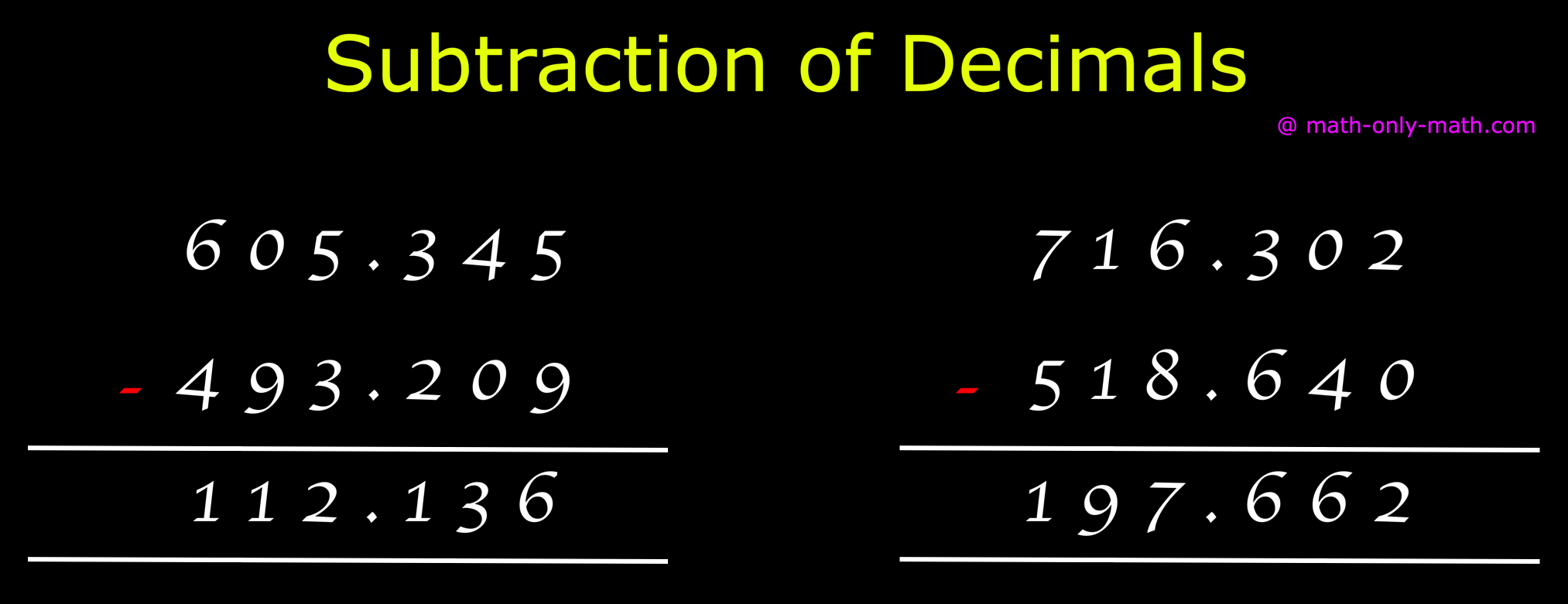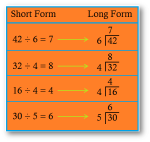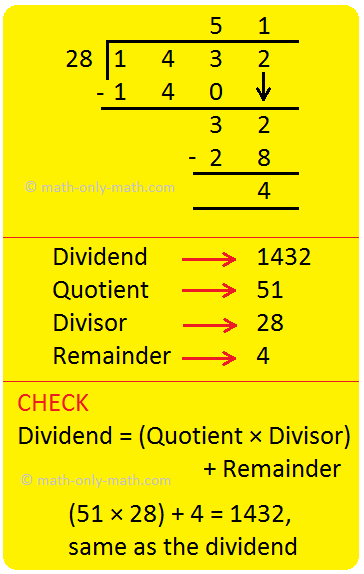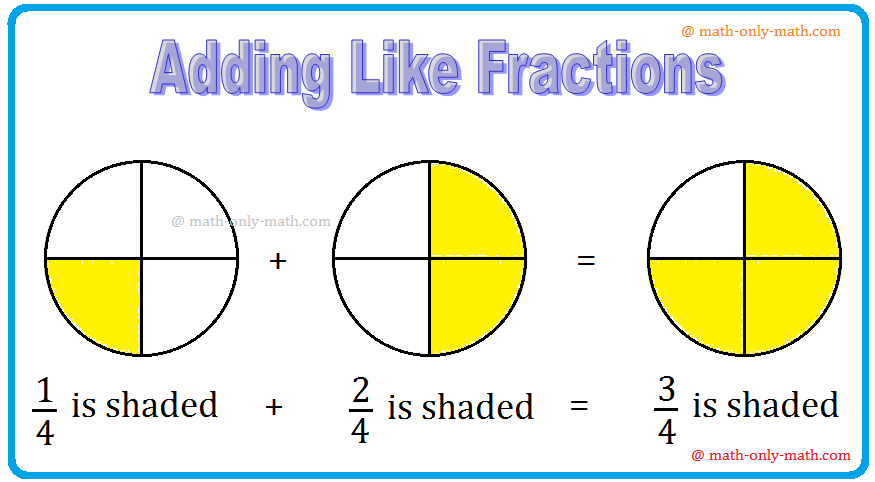Probability of Tossing Three Coins
Here we will learn how to find the probability of tossing three coins.
Let us take the experiment of tossing three coins simultaneously:
When we toss three coins simultaneously then the possible of outcomes are: (HHH) or (HHT) or (HTH) or (THH) or (HTT) or (THT) or (TTH) or (TTT) respectively; where H is denoted for head and T is denoted for tail.
Therefore, total numbers of outcome are 23 = 8The above explanation will help us to solve the problems on finding the probability of tossing three coins.
Worked-out problems on probability involving tossing or throwing or flipping three coins:
1. When 3 coins are tossed randomly 250 times and it is found that three heads appeared 70 times, two heads appeared 55 times, one head appeared 75 times and no head appeared 50 times.
If three coins are tossed simultaneously at random, find the probability of:
(i) getting three heads,
(ii) getting two heads,
(iii) getting one head,
(iv) getting no head
Solution:
Total number of trials = 250.
Number of times three heads appeared = 70.
Number of times two heads appeared = 55.
Number of times one head appeared = 75.
Number of times no head appeared = 50.
In a random toss of 3 coins, let E1, E2, E3 and E4 be the events of getting three heads, two heads, one head and 0 head respectively. Then,(i) getting three heads
P(getting three heads) = P(E1)Number of times three heads appeared
= Total number of trials
= 70/250
= 0.28
(ii) getting two heads
P(getting two heads) = P(E2)Number of times two heads appeared
= Total number of trials
= 55/250
= 0.22
(iii) getting one head
P(getting one head) = P(E3)Number of times one head appeared
= Total number of trials
= 75/250
= 0.30
(iv) getting no head
P(getting no head) = P(E4)Number of times on head appeared
= Total number of trials
= 50/250
= 0.20
Note:
In tossing 3 coins simultaneously, the only possible outcomes are E1, E2, E3, E4 and P(E1) + P(E2) + P(E3) + P(E4)= (0.28 + 0.22 + 0.30 + 0.20)
= 1
2. When 3 unbiased coins are tossed once.
What is the probability of:
(i) getting all heads
(ii) getting two heads
(iii) getting one head
(iv) getting at least 1 head
(v) getting at least 2 heads
(vi) getting atmost 2 heads
Solution:
In tossing three coins, the sample space is given by
S = {HHH, HHT, HTH, THH, HTT, THT, TTH, TTT}
And, therefore, n(S) = 8.
(i) getting all heads
Let E1 = event of getting all heads. Then,E1 = {HHH}
and, therefore, n(E1) = 1.
Therefore, P(getting all heads) = P(E1) = n(E1)/n(S) = 1/8.
(ii) getting two heads
Let E2 = event of getting 2 heads. Then,E2 = {HHT, HTH, THH}
and, therefore, n(E2) = 3.
Therefore, P(getting 2 heads) = P(E2) = n(E2)/n(S) = 3/8.
(iii) getting one head
Let E3 = event of getting 1 head. Then,E3 = {HTT, THT, TTH} and, therefore,
n(E3) = 3.
Therefore, P(getting 1 head) = P(E3) = n(E3)/n(S) = 3/8.
(iv) getting at least 1 head
Let E4 = event of getting at least 1 head. Then,E4 = {HTT, THT, TTH, HHT, HTH, THH, HHH}
and, therefore, n(E4) = 7.
Therefore, P(getting at least 1 head) = P(E4) = n(E4)/n(S) = 7/8.
(v) getting at least 2 heads
Let E5 = event of getting at least 2 heads. Then,E5 = {HHT, HTH, THH, HHH}
and, therefore, n(E5) = 4.
Therefore, P(getting at least 2 heads) = P(E5) = n(E5)/n(S) = 4/8 = 1/2.
(vi) getting atmost 2 heads
Let E6 = event of getting atmost 2 heads. Then,E6 = {HHT, HTH, HTT, THH, THT, TTH, TTT}
and, therefore, n(E6) = 7.
Therefore, P(getting atmost 2 heads) = P(E6) = n(E6)/n(S) = 7/8
3. Three coins are tossed simultaneously 250 times and the outcomes are recorded as given below.
|
Outcomes |
3 heads |
2 heads |
1 head |
No head |
Total |
|
Frequencies |
48 |
64 |
100 |
38 |
250 |
If the three coins are again tossed simultaneously at random, find the probability of getting
(i) 1 head
(ii) 2 heads and 1 tail
(iii) All tails
Solution:
(i) Total number of trials = 250.
Number of times 1 head appears = 100.
Therefore, the probability of getting 1 head
= Frequency of Favourable TrialsTotal Number of Trials
= Number of Times 1 Head AppearsTotal Number of Trials
= 100250
= 25
(ii) Total number of trials = 250.
Number of times 2 heads and 1 tail appears = 64.
[Since, three coins are tossed. So, when there are 2 heads, there will be 1 tail also].
Therefore, the probability of getting 2 heads and 1 tail
= Number of Times 2 Heads and 1 Trial appearsTotal Number of Trials
= 64250
= 32125
(iii) Total number of trials = 250.
Number of times all tails appear, that is, no head appears = 38.
Therefore, the probability of getting all tails
= Number of Times No Head AppearsTotal Number of Trials
= 38250
= 19125.
These examples will help us to solve different types of problems based on probability of tossing three coins.
Probability
Probability of Tossing Two Coins
Probability of Tossing Three Coins
Probability for Rolling Two Dice
Probability for Rolling Three Dice
From Probability of Tossing Three Coins to HOME PAGE
Didn't find what you were looking for? Or want to know more information about Math Only Math. Use this Google Search to find what you need.
Recent Articles
-
Subtraction of Decimals | Subtracting Decimals | Decimal Subtraction
Apr 24, 25 03:25 PM
We will discuss here about the subtraction of decimals. Decimals are subtracted in the same way as we subtract ordinary numbers. We arrange the digits in columns -
How to Do Long Division? | Method | Steps | Examples | Worksheets |Ans
Apr 24, 25 10:18 AM
As we know that the division is to distribute a given value or quantity into groups having equal values. In long division, values at the individual place (Thousands, Hundreds, Tens, Ones) are dividend… -
Division by Two-Digit Numbers | Knowledge of Estimation | Division
Apr 24, 25 10:12 AM
In division by two-digit numbers we will practice dividing two, three, four and five digits by two-digit numbers. Consider the following examples on division by two-digit numbers: Let us use our knowl… -
Addition of Decimals | How to Add Decimals? | Adding Decimals|Addition
Apr 24, 25 01:45 AM
We will discuss here about the addition of decimals. Decimals are added in the same way as we add ordinary numbers. We arrange the digits in columns and then add as required. Let us consider some -
Addition of Like Fractions | Examples | Videos | Worksheet | Fractions
Apr 23, 25 09:23 AM
To add two or more like fractions we simplify add their numerators. The denominator remains same. Thus, to add the fractions with the same denominator, we simply add their numerators and write the com…







New! Comments
Have your say about what you just read! Leave me a comment in the box below. Ask a Question or Answer a Question.